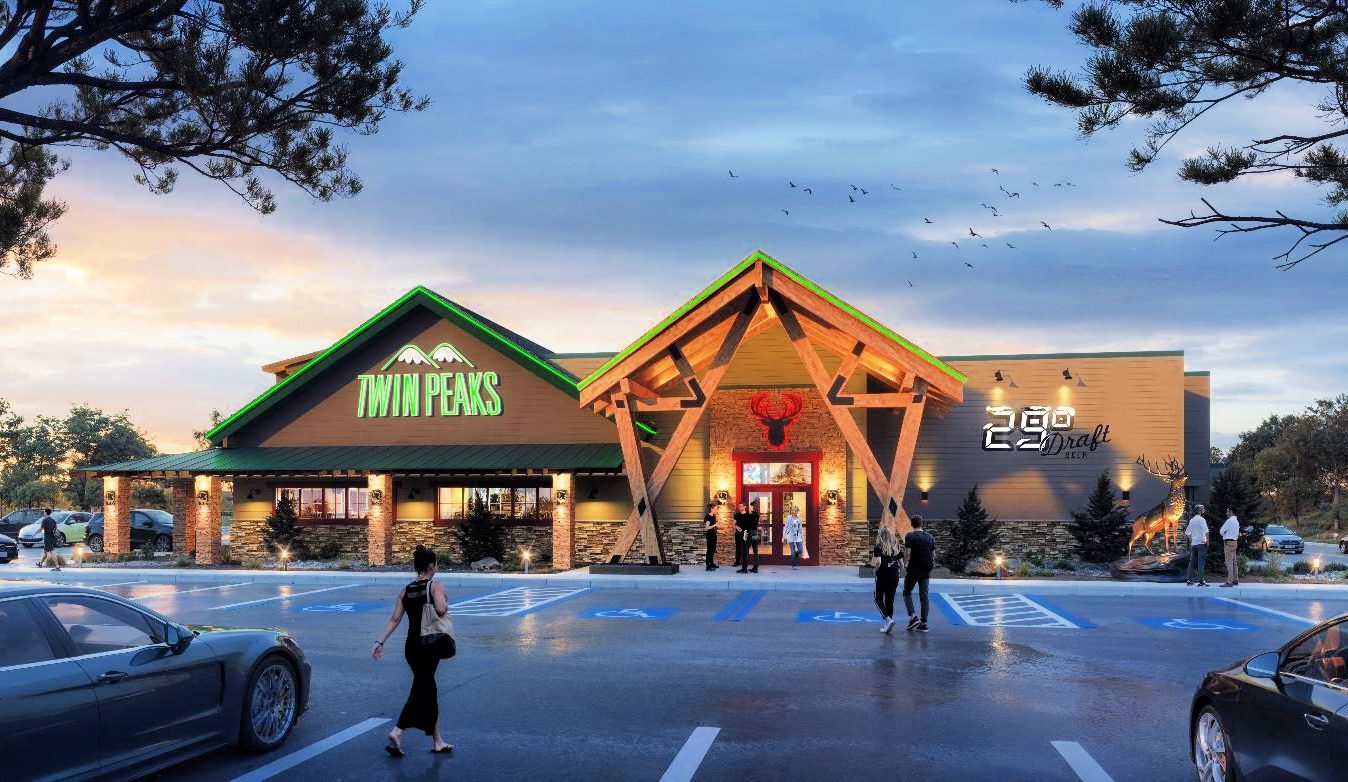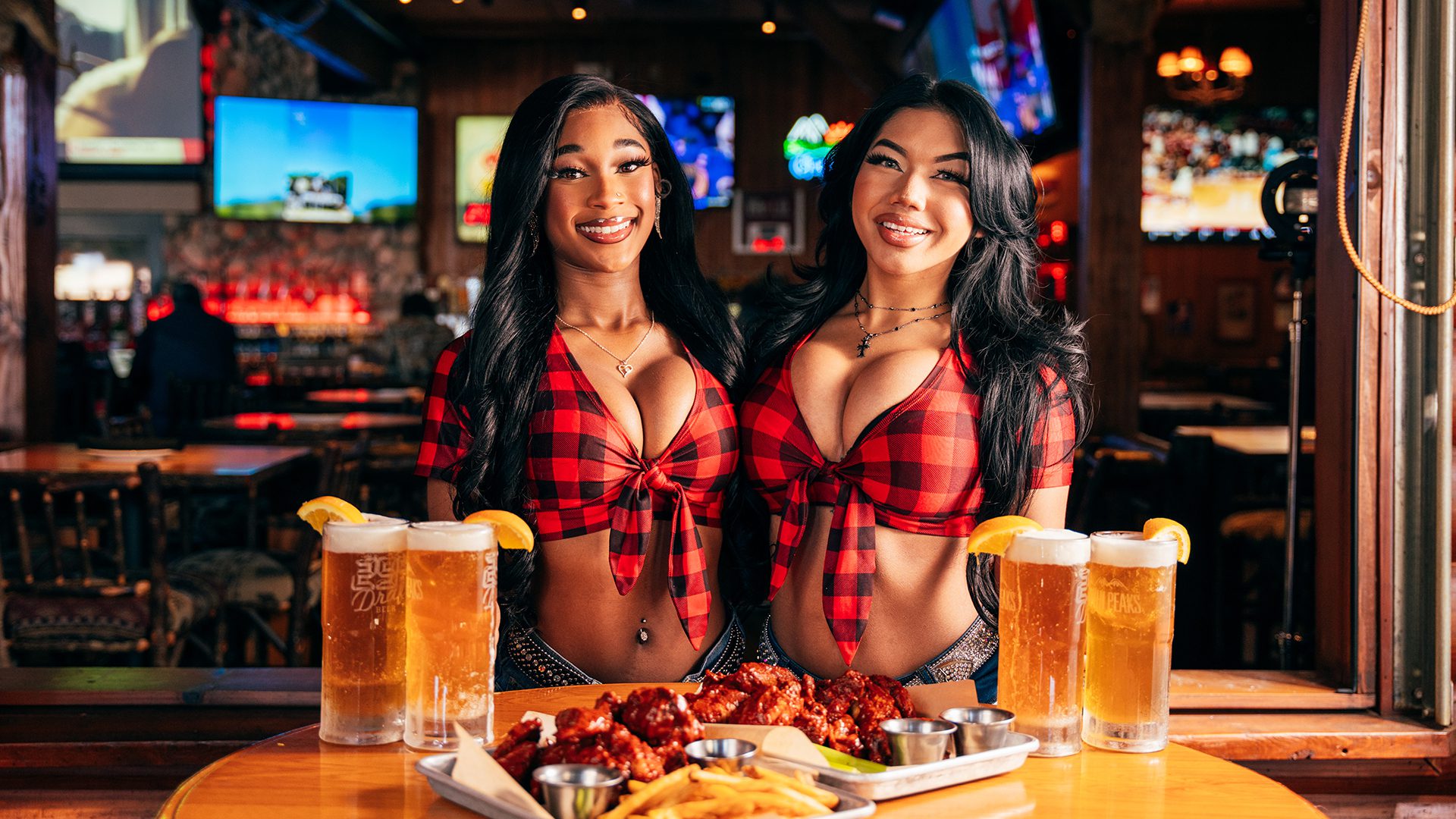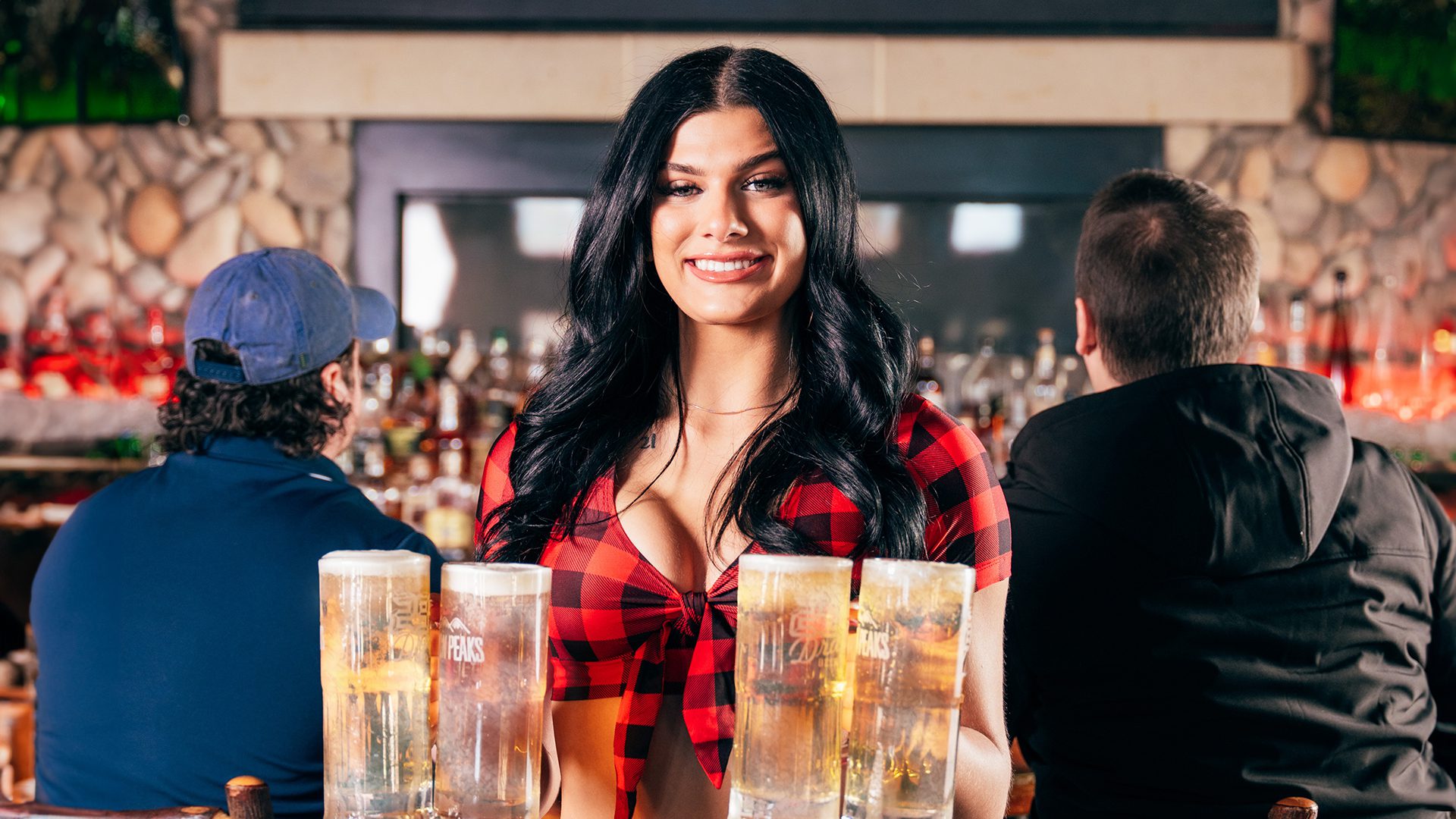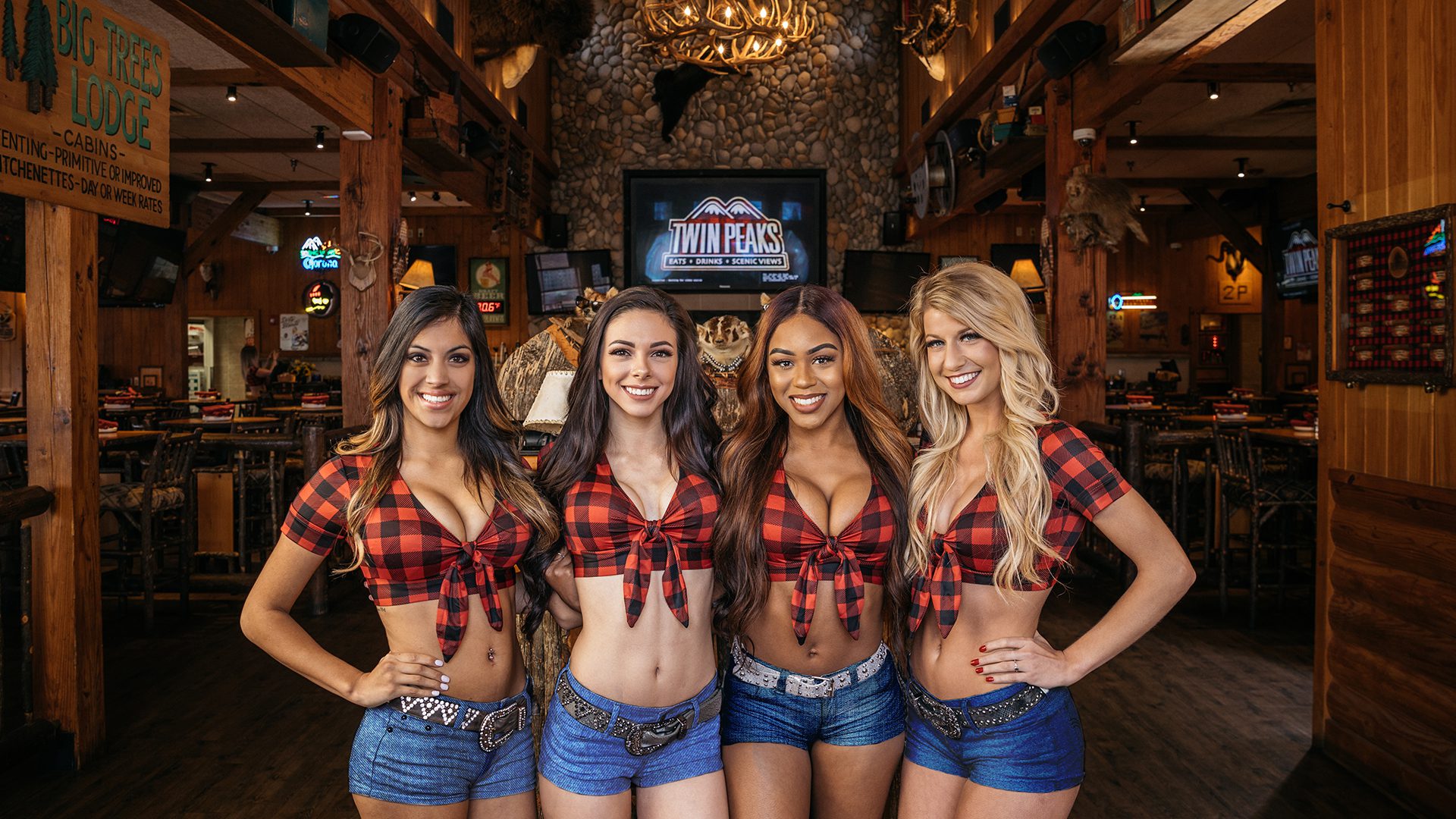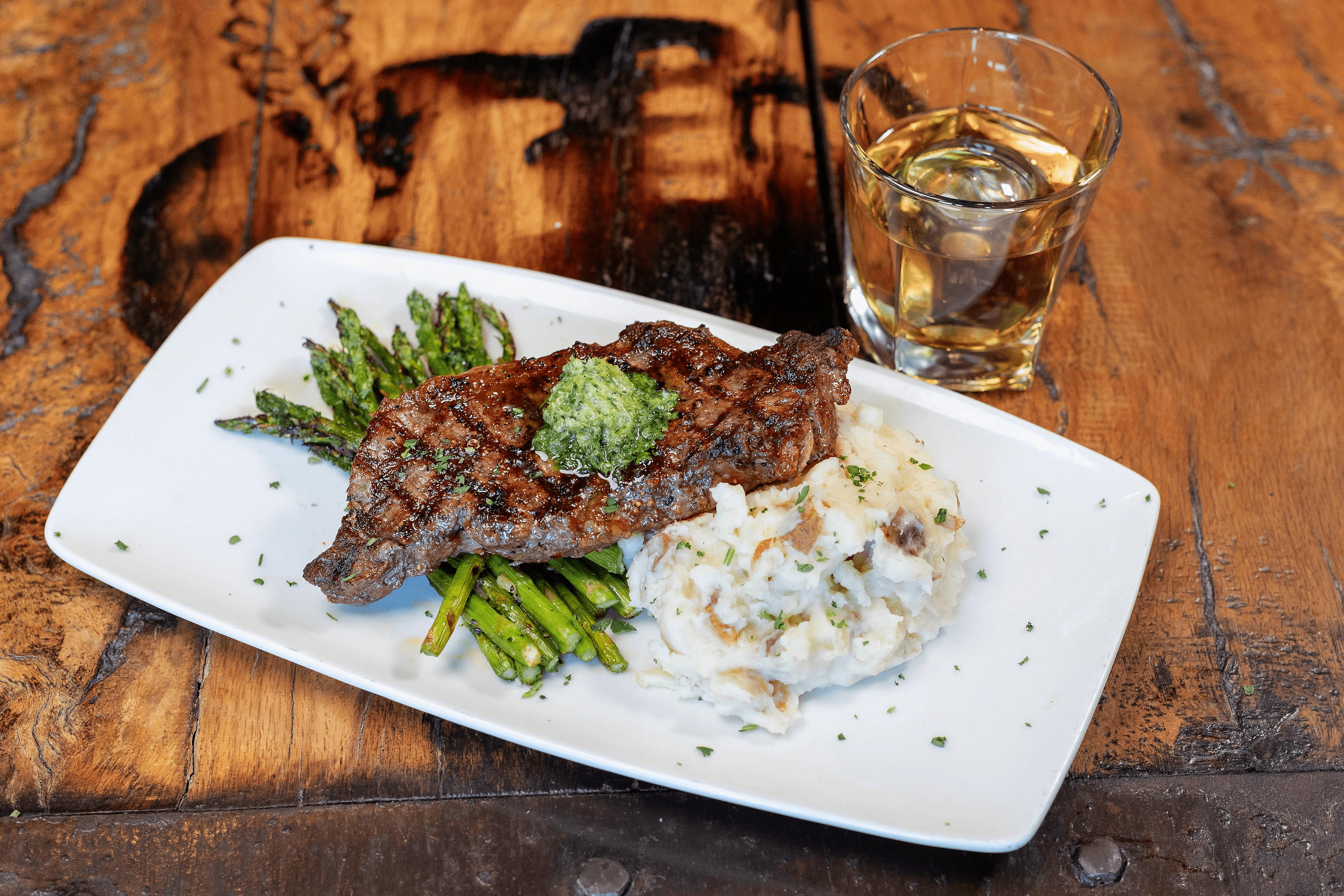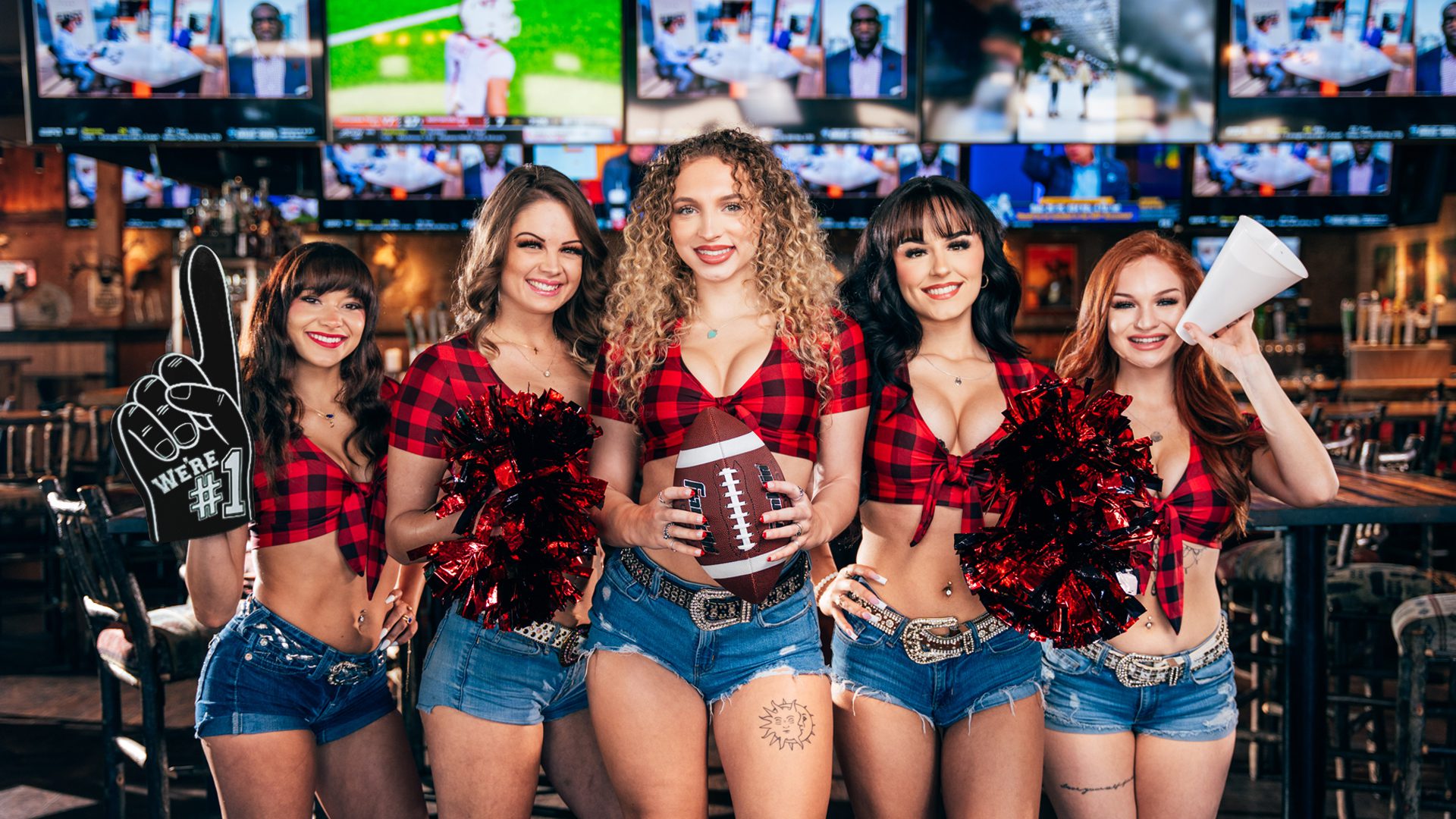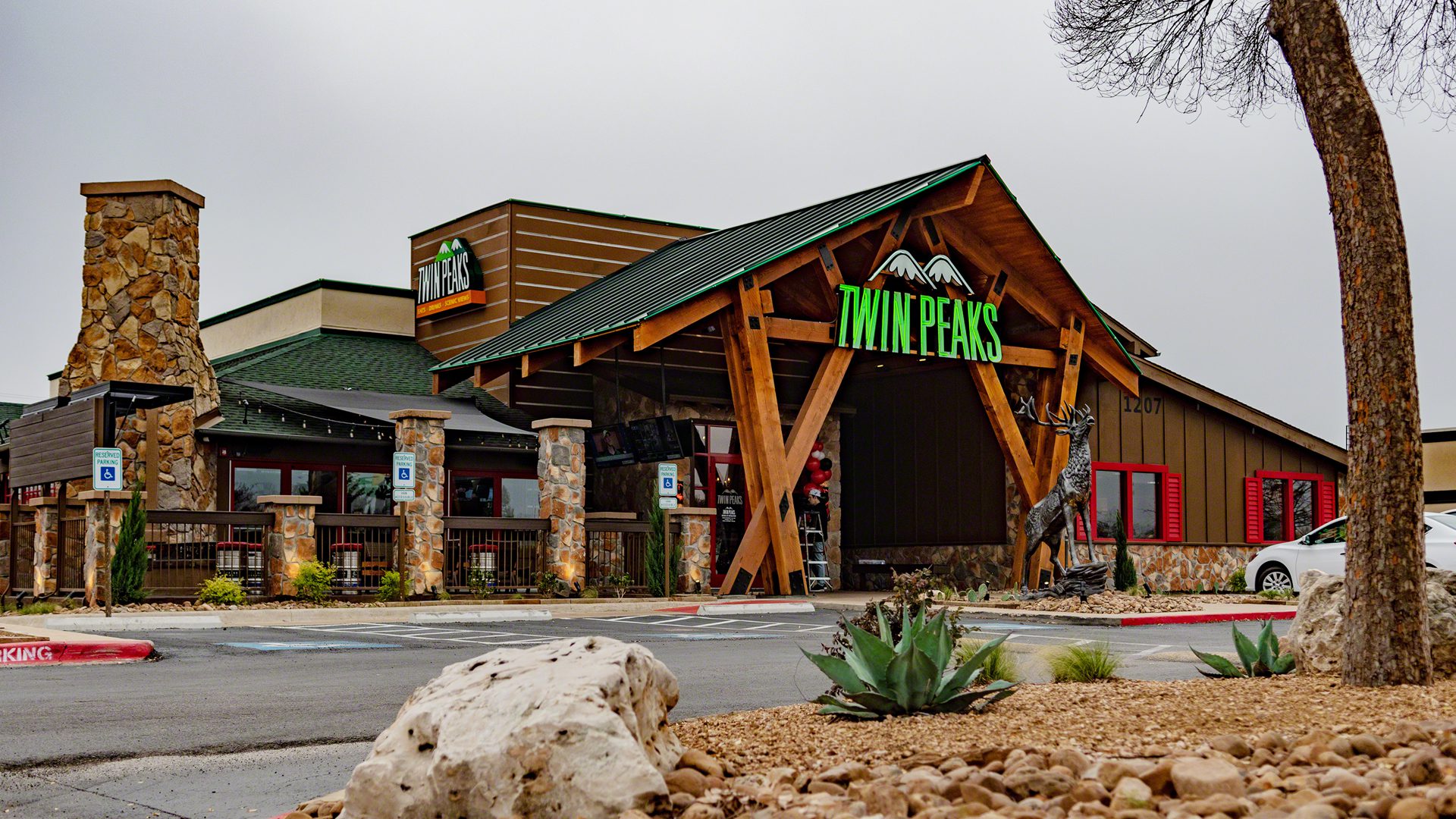Cocktail culture is thriving, fueled by consumers’ increasing desire for unique and immersive dining experiences.
This shift is further evidenced by the growing number of celebrities launching their own spirit brands. Remember when it was just Clooney’s Casamigos? Now, A-listers are flocking to the industry, cementing spirits as a key element of modern luxury.
Forward-thinking restaurant brands are stepping up as well, crafting cocktails that blend distinctive flavors, innovative techniques, and stunning presentation.
Here are three ways spirit-forward restaurants are set up for success in 2025:
Profitability
In the restaurant world, “winning” can mean many things, but increasing the bottom line is probably what comes to mind first. Before we consider any other upsides to serving spirits, that’s where we’ll start: Spirits are inherently profitable.
Higher Profit Margins
One of the primary advantages of a spirit-forward restaurant concept is the potential for higher profit margins. For a profitable restaurant, food costs can run between 28% to 35%, while the average liquor cost is just 15%.
Spirit and cocktail markups can create significant profits per item sold. And unlike perishable food items, spirits have a longer shelf life, reducing waste and loss.
Larger Tickets
Restaurants that serve spirits also see larger ticket sizes due to opportunities for upselling. Specialty cocktails and premium upgrades can substantially increase the average spend per guest. At restaurants that also serve as entertainment venues, like Twin Peaks, customers tend to stay longer. When someone sticks around for multiple hours to watch a game, they’re likely to order multiple rounds of drinks. Cha-ching.
Enhancing the Brand
Not only are spirits naturally profitable, they can change customers’ perception of your brand. A well-stocked bar opens up opportunities to reach a broader audience, and high-end spirits serve to elevate the restaurant experience.
Broader Audience
The appeal of a strong drink program extends to broader audiences than the typical menu. Spirit-forward restaurants attract not only diners, but cocktail aficionados, happy hour goers, and people looking for a place to unwind (or watch the game) with friends.
A spirit-forward approach brings in crowds at different times of the day and for various occasions, broadening the customer base and increasing the potential for consistent traffic.
Elevated Experience
63 percent of diners say that atmosphere and experience are top reasons they go out to eat. Offering specialty cocktails, unique flavors, and carefully crafted presentations can shape the atmosphere of a restaurant and lend a high-end feel. Add barrel selects and other rare pours, and the spirit itself is an experience worth stopping in for.
Menu Innovation
Signature Cocktails
Restaurants are increasingly using signature cocktails to create a memorable, one-of-a-kind menu that distinguishes them from competitors. Handcrafting custom drinks gives the menu a unique identity and can resonate with a restaurant’s brand, location, or concept. Give it a catchy name and a signature drink becomes a brand ambassador.
Refreshing Menus
While any menu change can bring operational challenges, refreshing a cocktail list tends to be far simpler than adding food items. Introducing seasonal ingredients and updating cocktail menus allows restaurants to continually refresh their offerings, keeping the experience new and enticing for guests.
Seasonal and rotating drinks also provide opportunities for limited-time promotions and marketing, driving repeat visits as guests return to try the latest options. This approach not only adds variety but also builds anticipation for what’s coming. Ultimately, it helps build a loyal customer base, eager to see what new mixology will be available with each season.
Wrapping Up
In an increasingly competitive restaurant landscape, spirit-forward restaurants are proving to be powerful concepts for attracting customers and increasing revenue. From raising profit margins to elevating brand experiences with carefully curated menus and signature cocktails, spirits are setting restaurants apart in 2025.
Whether you’re an established restauranter or a new franchisee, a strong beverage program can be a game-changer for your business. And if you’re looking to invest in the best bar menu in the game, we know just the place…



